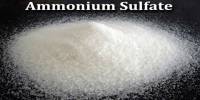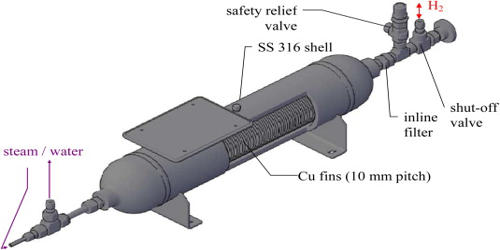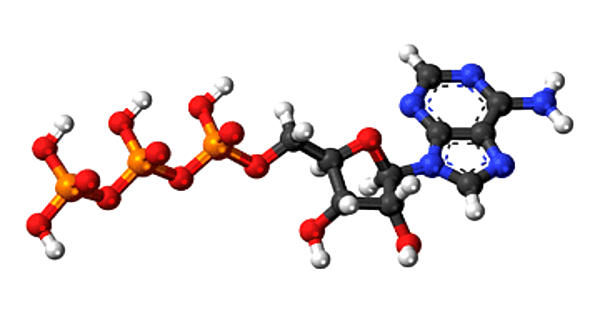Calcium titanate is an inorganic compound with the chemical formula CaTiO3. It is commonly found as a mineral in nature, but it can also be synthetically produced. In its natural form, it is usually white or colorless. When synthesized, it can appear as a white, fine powder or crystalline solid. It has a wide range of applications in material science, electronics, and even geology due to its unique properties.
As a mineral, it is called perovskite, named after Russian mineralogist, L. A. Perovski (1792-1856). It is a colourless, diamagnetic solid, although the mineral is often coloured owing to impurities.
Properties
Calcium Titanate is typically non-magnetic, although doping with certain elements can modify its magnetic properties. It is transparent in the infrared spectrum, making it useful in optical applications in that range. It is a versatile material with a wide range of properties, from its high dielectric constant to its potential for use in electronics, ceramics, and catalysis.
- Chemical formula: CaTiO3
- Molar mass: 135.943 g/mol
- Appearance: white powder
- Density: 4.1 g/cm3
- Melting point: 1,975 °C (3,587 °F; 2,248 K)
- Boiling point: 3,000 °C (5,430 °F; 3,270 K)
- Solubility in water|: insoluble
Structure
Calcium titanate is obtained as orthorhombic crystals, more specifically perovskite structure. In this motif, the Ti(IV) centers are octahedral and the Ca2+ centers occupy a cage of 12 oxygen centres. Many useful materials adopt related structures, e.g. barium titanate or variations of the structure, e.g. yttrium barium copper oxide.
Occurrence
- Natural Occurrence: In nature, calcium titanate occurs as the mineral perovskite, which can be found in igneous rocks like basalt and in meteorites.
- Synthetic Production: It is produced by heating a mixture of calcium oxide (CaO) and titanium dioxide (TiO₂) at high temperatures.
Applications
Calcium titanate has relatively little value except as one of the ores of titanium, together with several others. It is reduced to give titanium metal or ferrotitanium alloys.
- Capacitors: It is used in capacitors for its high dielectric constant. It is particularly useful in power electronic applications, such as in high-voltage capacitors for smoothing or filtering functions.
- Electronics and Sensors: In combination with other materials or under specific conditions, calcium titanate is used in piezoelectric sensors, actuators, and devices requiring a high dielectric response.
- Catalysis: It has been studied for use in catalysis, especially in the catalytic oxidation of hydrocarbons.
- Superconducting Materials: When doped or combined with other materials, calcium titanate can form part of composite materials that exhibit superconducting properties, especially at low temperatures.
- Optical and Photonic Devices: Due to its crystal structure and dielectric properties, calcium titanate has been explored for use in optical and photonic applications, such as light-emitting diodes (LEDs) and optical switches.
















